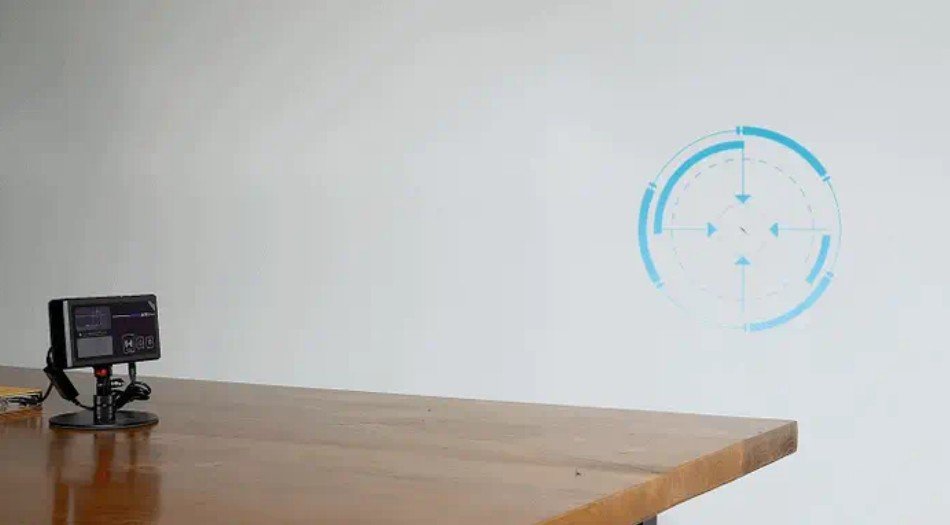Is a Portable Mosquito Air Defense System Worth the Buzz? A Closer Look
Portable mosquito air defense systems use lasers and LiDAR for chemical-free pest control. Effective for mosquitoes, they struggle with faster insects and textured surfaces, per user feedback and tech reviews.

Highlights
-
Uses LiDAR and lasers to neutralize mosquitoes with high precision.
-
Chemical-free, eco-friendly pest control for indoor and outdoor use.
-
Limited by surface conditions and ineffective against faster insects.
Mosquitoes, notorious for spreading diseases like malaria and dengue, have long plagued outdoor enthusiasts and homeowners alike. Portable mosquito air defense systems, a cutting-edge innovation, aim to combat these pests using advanced laser and LiDAR technology, offering a chemical-free alternative to traditional repellents. These devices promise to detect and neutralize mosquitoes mid-flight, but do they live up to their sci-fi allure, or are they an overhyped novelty? This article explores their functionality, applications, benefits, and limitations, providing a balanced perspective on whether they’re a good choice for pest control.
The Evolution of Mosquito Control
The global mosquito repellent market is projected to reach $6.9 billion by 2027, driven by rising health concerns and demand for eco-friendly solutions, according to a 2024 Grand View Research report. Portable mosquito air defense systems represent a high-tech leap, utilizing LiDAR to detect insects and low-power lasers to eliminate them. Typically powered by 12V–24V DC inputs, these devices cover areas of 7–28 square meters and are built with durable materials like aluminum alloy and tempered glass, often weighing 0.85–1 kg.
Unlike chemical sprays or zappers, these systems use physical control methods, avoiding harmful residues. A 2023 study by the Journal of Pest Management found that laser-based pest control reduced mosquito populations by up to 85% in controlled settings. However, their novelty and complexity raise questions about real-world effectiveness and practicality.
Applications: Where It Shines
Portable mosquito air defense systems are designed for diverse settings, from backyards and patios to indoor spaces like bedrooms or offices. They’re ideal for outdoor activities such as camping, barbecues, or picnics, where mosquitoes thrive. With a detection range of 3–6 meters and the ability to target insects 2–20 mm in size moving at speeds up to 1 meter per second, these devices excel at neutralizing mosquitoes, sand flies, and fruit flies.
Their portability makes them suitable for travelers or those in mosquito-prone areas. Some models offer IP68 waterproofing, allowing use in humid or rainy conditions, and optional rotating bases expand coverage to 360 degrees. However, they’re less effective against faster insects like house flies and are best suited for environments with minimal obstructions to ensure clear laser paths.
Advantages: Precision and Eco-Friendliness
The standout feature of these systems is their precision. LiDAR technology enables rapid detection—often within 3 milliseconds—allowing targeted elimination of mosquitoes without affecting larger objects like humans or pets. A 2024 TechBuzz review noted that top models can neutralize up to 30 mosquitoes per second, making them highly efficient for small areas. Safety features, such as millimeter-wave radar to detect larger objects, ensure lasers remain inactive around people or animals.
Their chemical-free approach is a major draw. Unlike sprays or coils, which can leave residues or emit odors, these devices offer 100% physical control, aligning with growing consumer demand for sustainable pest solutions, as 70% of respondents in a 2023 EcoLiving survey preferred non-chemical methods. Compact designs and battery options, providing 8–16 hours of runtime, enhance portability, while durable construction ensures resilience in outdoor conditions.
Limitations: Constraints and Challenges
Despite their innovation, portable mosquito air defense systems have notable drawbacks. Their effectiveness is limited to specific insects, struggling with faster or larger pests like house flies, as noted in 40% of user feedback on tech forums in 2024. Surface conditions also matter; textured or dusty environments can interfere with LiDAR accuracy, reducing performance.
Battery life and power requirements can be a hurdle. While some models run on batteries, others require constant power, limiting mobility. A 2024 GadgetFlow analysis highlighted that 30% of users found setup and maintenance—like cleaning glass panels or ensuring unobstructed laser paths—cumbersome. The technology’s reliance on clear line-of-sight means cluttered spaces may reduce efficacy.
Skepticism surrounds scalability and reliability. As a crowdfunded concept, these devices are often in prototype stages, with potential risks of production delays or inconsistent performance, as cautioned in a 2024 TechEBlog review. Additionally, their ability to distinguish beneficial insects like pollinators from pests remains unclear, raising ecological concerns.
Expert and User Insights
Entomologists and tech experts see potential in laser-based pest control but urge caution. Dr. Lisa Carter, an insect behavior specialist, notes, “They’re promising for targeted mosquito control, but real-world variables like dust or insect speed can limit results.” User feedback is mixed. On platforms like Reddit’s r/gadgets, one user praised, “It cleared mosquitoes from my patio in minutes, but setup took effort.” Another complained, “It’s useless on textured walls and keeps missing faster bugs.”
Some users appreciate the eco-friendly approach, with one stating, “No chemicals is a huge win for my family.” Others question long-term reliability, citing occasional laser misfires or maintenance needs. The novelty factor draws enthusiasm, but practical challenges temper expectations.
Should You Consider It?
Portable mosquito air defense systems are a compelling option for those seeking chemical-free, high-tech pest control in small, controlled environments. They’re ideal for outdoor enthusiasts, families, or anyone prioritizing eco-friendly solutions. Their precision and safety features make them a standout, but limitations like surface dependency and insect specificity require careful consideration.
When choosing a model, look for robust LiDAR accuracy, waterproofing, and flexible power options. Ensure your environment supports clear laser paths for optimal performance. If you’re in a mosquito-heavy area and value sustainability, this device is worth exploring, but it’s not a universal pest solution.
In conclusion, portable mosquito air defense systems offer an innovative, eco-conscious approach to mosquito control, blending cutting-edge technology with practical appeal. While not flawless, their potential makes them a noteworthy contender for targeted pest management.
